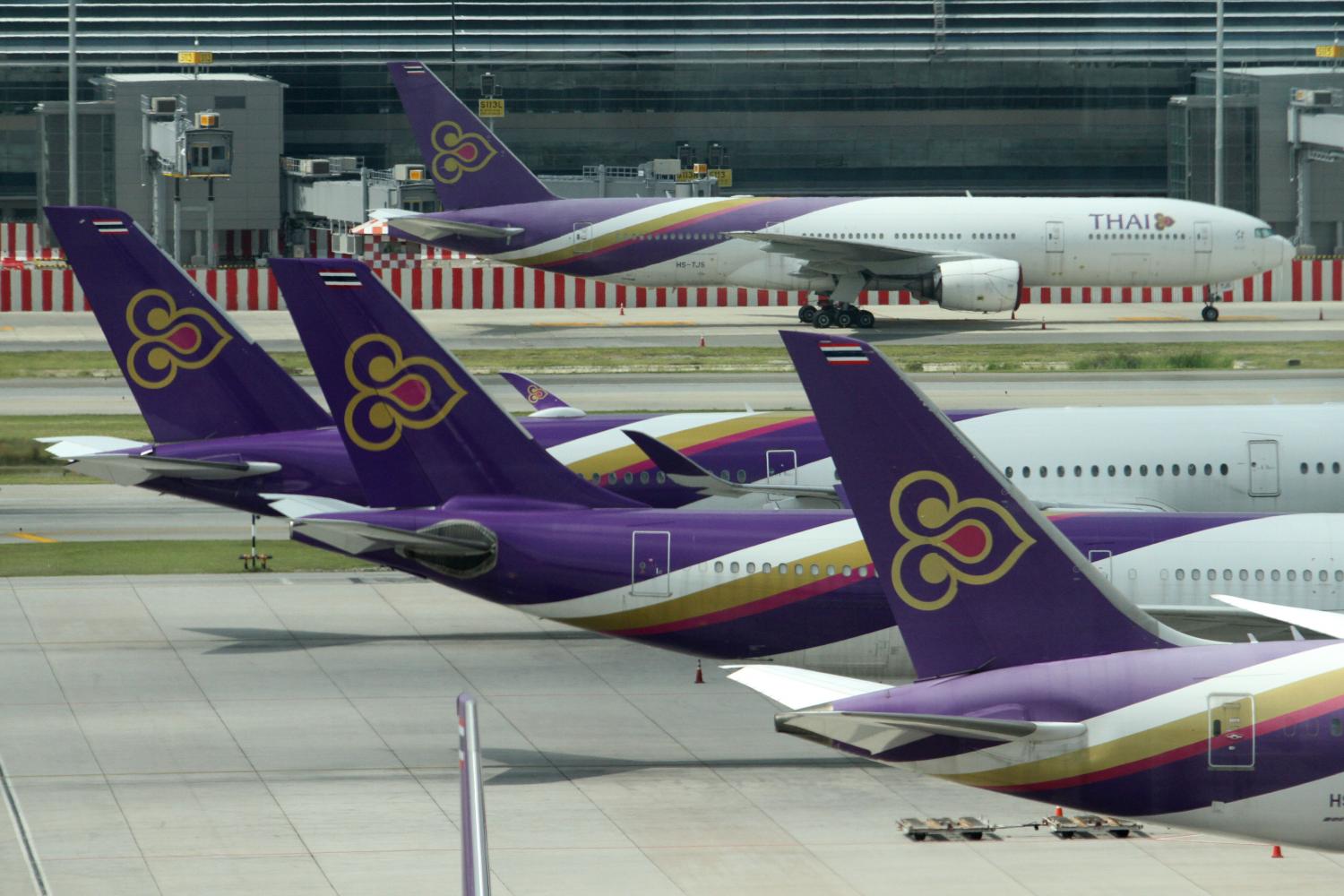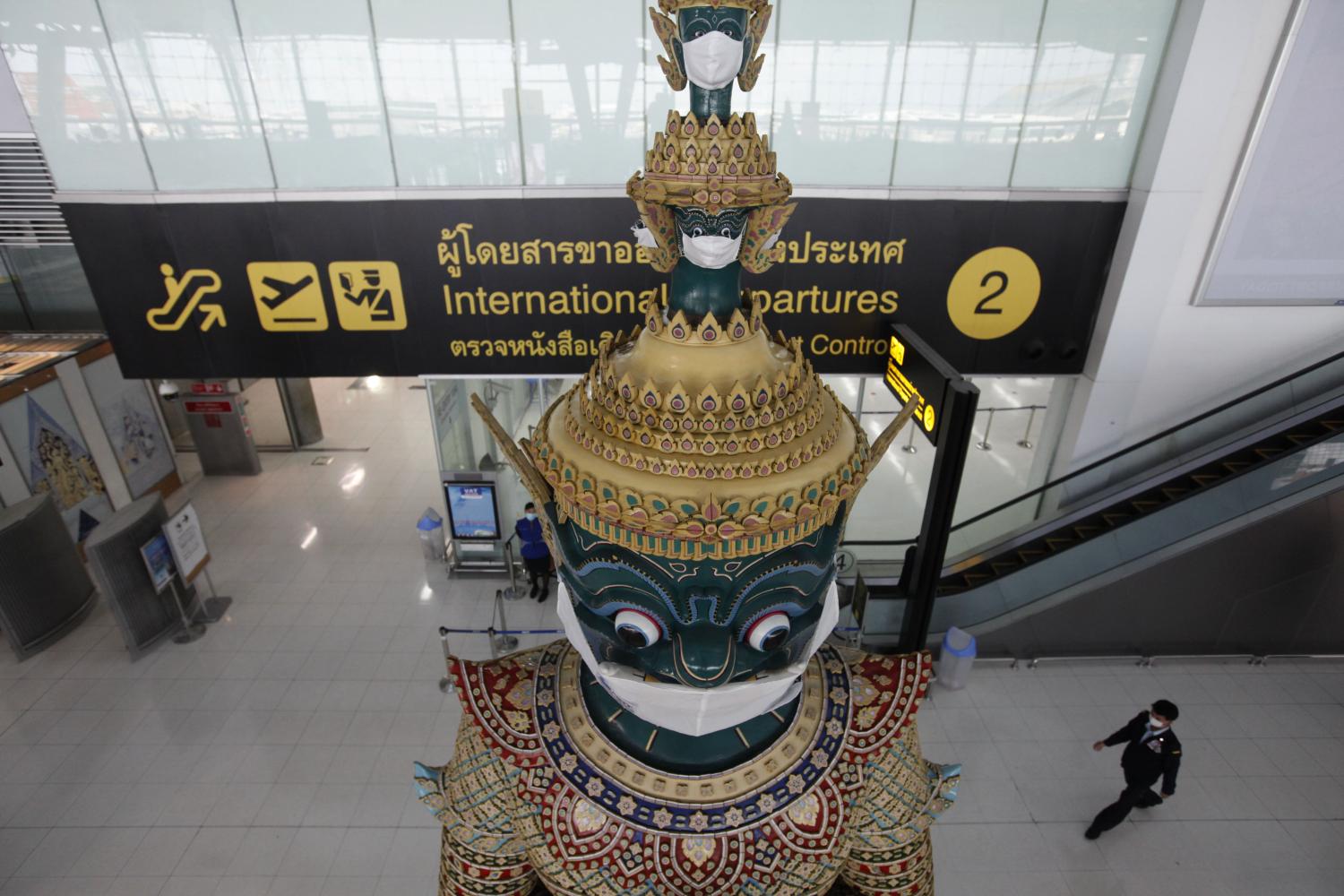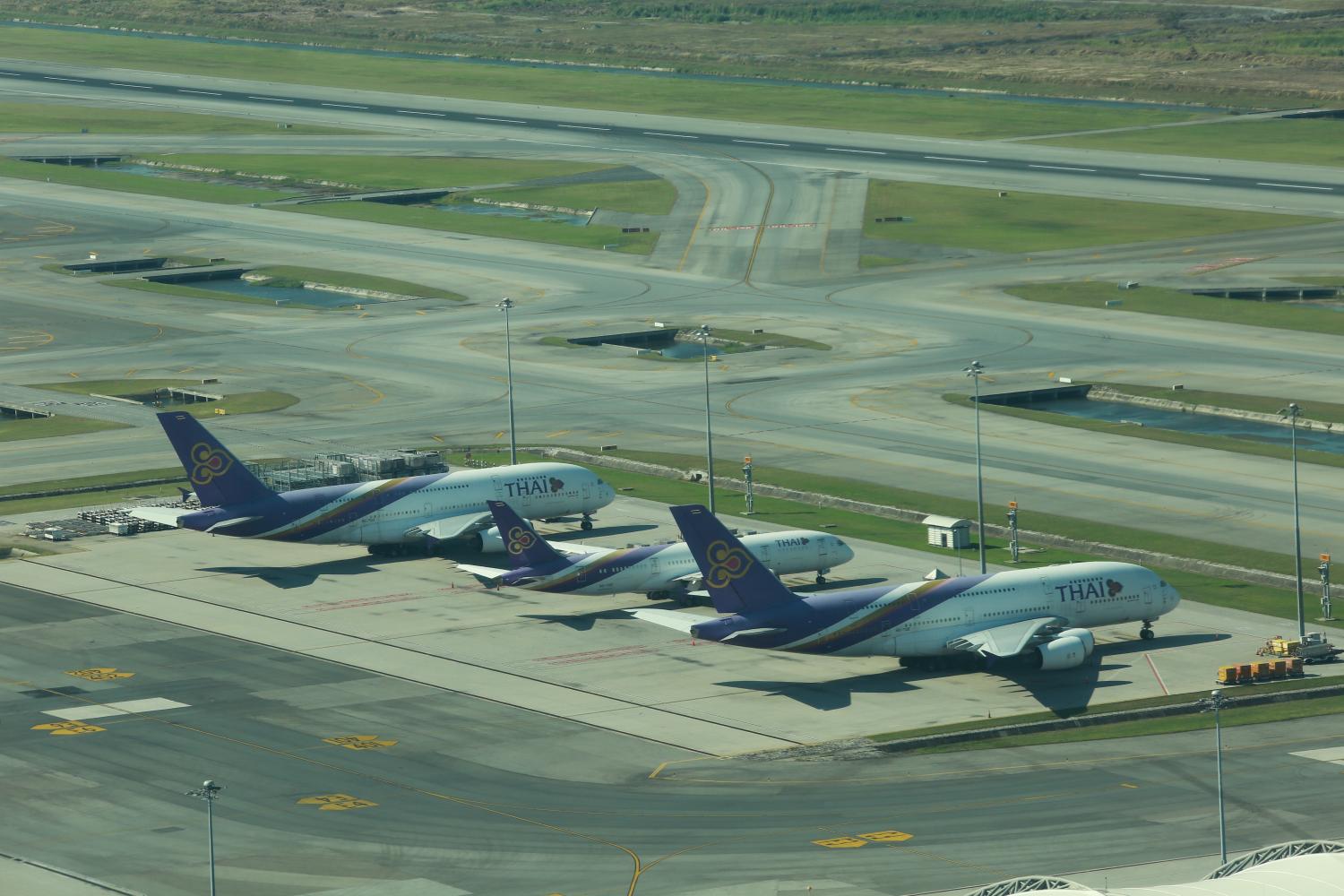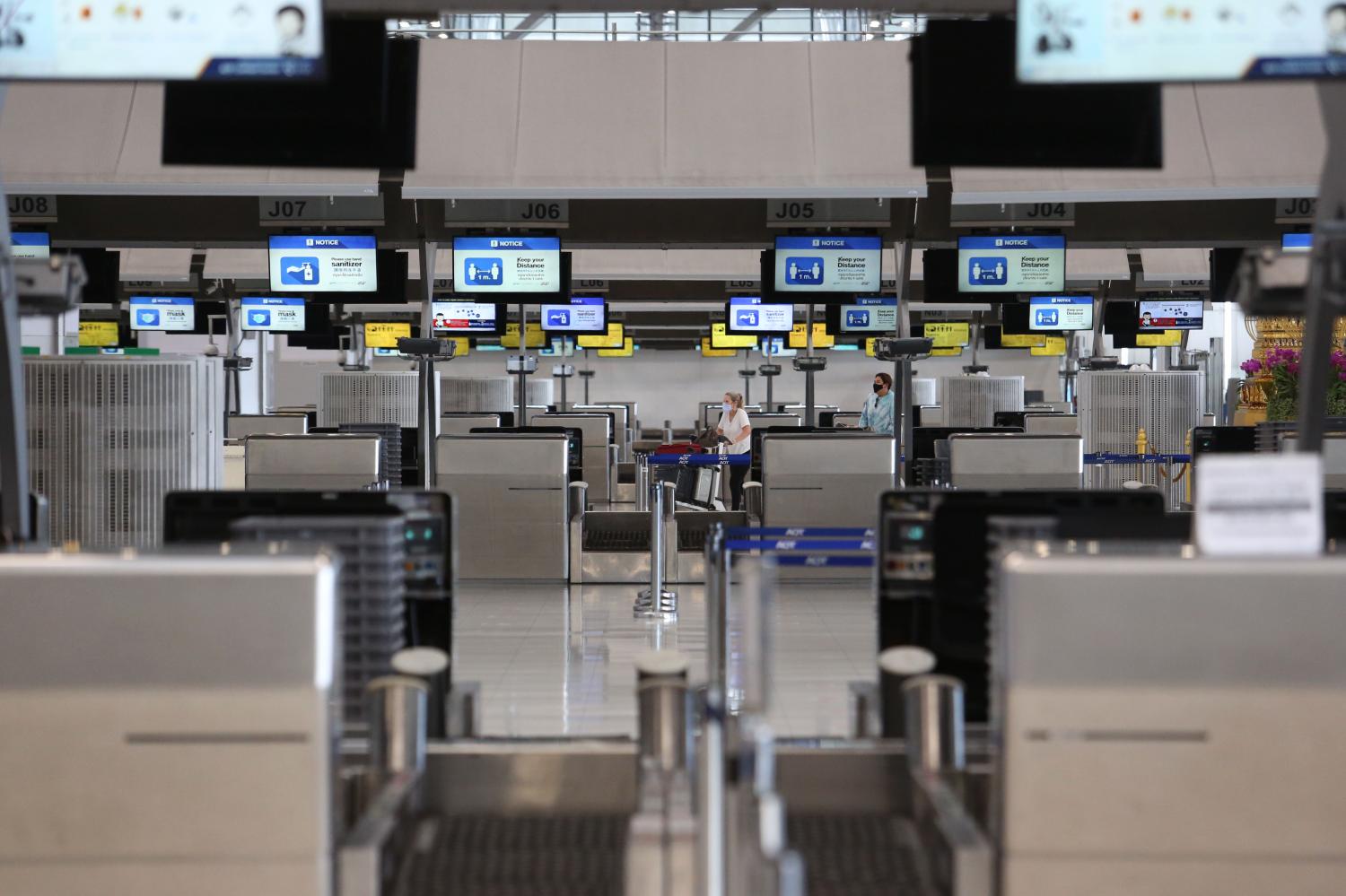
Over the past two years, amid the Covid-19 pandemic, the aviation industry has been on the verge of collapse because of stringent border controls and uncertainty over travel rules, causing severe financial strain for many airlines.
Struggling to stay afloat after a sharp reduction in air traffic, cash-strapped local airlines found an emergency exit by filing for bankruptcy protection with the Central Bankruptcy Court.
The country's flag carrier Thai Airways International (THAI) was the first to submit a rehabilitation petition on May 26, 2020 after a cabinet meeting one week earlier agreed the airline should undergo restructuring to maintain its business.
The airline, which had been under financial pressure prior to the outbreak, reported total debts of 245 billion baht at the end of 2019 with a net loss of 12 billion baht, after reporting a loss of 11.6 billion in 2018, according to the Stock Exchange of Thailand (SET).
On June 15, 2021, the court accepted the rehabilitation plan, resulting in the airline becoming the first carrier to enter into business restructuring for a period of at least five years.
Under the rehabilitation process, THAI is obliged to reduce its workforce from 29,500 in 2019 to just 15,200 as well as cut its costs to 53 billion baht by this year.
The airline also trimmed its enormous fleet of 116 jets to 58 jets. However, three additional aircraft, which were ordered in 2018, were delivered in April to serve long-haul flights which benefit from country's reopening and a brighter tourism outlook.

THE DOMINO EFFECT
The global crisis continues to wreak havoc on air travel and loss-ridden Nok Air became the second local airline to restructure its debt load of 5.15 billion baht by submitting a rehabilitation petition to the Central Bankruptcy Court on July 30, 2020.
As of Dec 31, 2020, Nok Air reported a comprehensive loss on the part of its parent company of 7.9 billion baht, a significant increase over the 1.9 billion-baht loss recorded a year earlier.
The dismal results were largely attributed to the pandemic and the liquidation of the low-cost, long-haul carrier NokScoot, a joint venture subsidiary between Nok Air and the Singapore-based carrier Scoot.
Nok Air obtained court approval to continue with the rehabilitation process on Nov 4, 2020 and submitted a rehabilitation plan on May 17, 2021.
Apart from debt restructuring, the five-year rehabilitation programme will ensure that the airline can sustain its operations post-pandemic and differentiate itself as a premium airline to avoid price wars.
Meanwhile, NokScoot, which was founded in 2014, was not able to do as its parent company had done as it signed the registration for business dissolution with the Department of Business Development on July 29, 2020 after the pandemic situation interrupted its business.

Last week, the low-cost, long-haul carrier Thai AirAsia X (TAAX) became the latest airline to file for bankruptcy as the court accepted its case on May 18.
TAAX, like NokScoot, grounded most of its fleet since international borders were closed in 2020, particularly within Asia, where they were mostly firmly shut.
Without income, losses have continued to accumulate over the past two years.
However, the airline is set to start operating flights to Korea and Japan by June as planned with plans to further expand in the future.
TAAX still hopes that the rehabilitation programme will allow it to enhance the administration process, particularly in terms of debt management, while preparing for a tourism rebound post-pandemic.











